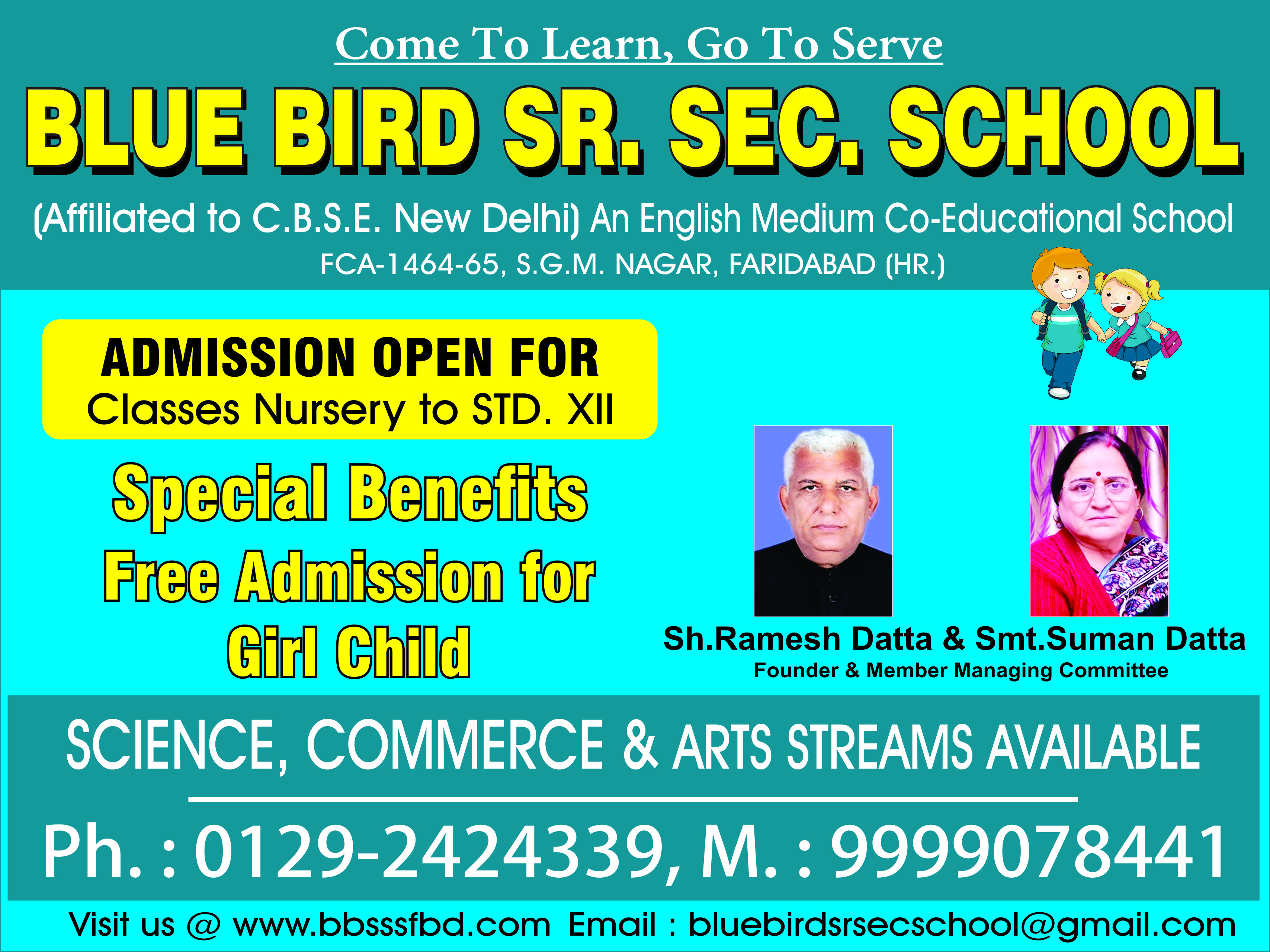Ages & Stages
Children go through distinct periods of development as they move from infants to young adults. During each of these stages multiple changes in the development of the brain are taking place. What occurs and approximately when these developments take place are genetically determined. However, environmental circumstances and exchanges with key individuals within that environment have significant influence on how each child benefits from each developmental event.
Ages and Stages is a term used to broadly outline key periods in the human development timeline. During each stage growth and development occur in the primary developmental domains including physical, intellectual, language and social – emotional. Our goal is to help parents understand what is taking place in their child’s brain and body during each period with a hope that they will be able to provide necessary support, encouragement, structure and interventions to enable a child to progress through each stage as easily and successfully as possible based on each child’s unique set of traits and interests.
Infants/ Babies (0-2 years)

Raising a baby, especially for the first time, is both exciting and challenging. This is a time for developing the bonds that will last a lifetime providing the child with the inner resources to develop self-esteem and the ability to relate positively with others. It is also the time for parents to begin to discover who this new person really is. Each child is unique and it is imperative that parents learn to understand, respect, support and encourage the unique characteristics and abilities of each child.
Toddlers/Preschoolers (2 – 5 years)

When a child takes the first step on his or her own, a new phase in development begins. At this stage children are now free to roam around their world. It is a time for active exploration of their environment. Language development takes major leaps which leads to learning the names of objects of interest, the ability to ask for things and as they discover their independent nature, yes, they develop the ability to say “NO!”
During this developmental stage, a major challenge develops what psychologists call emotional regulation? “Meltdowns” are common during this period but parents can use the bond developed during infancy to help the child learn to modulate their emotional expression and begin to grasp the difficult concept of delay of gratification. While they instinctively seem to be able to say “NO” toddlers also need help in learning how to accept “No” from others.
This is also a stage of rapid physical and intellectual development preparing these children for starting school which includes interacting cooperatively with peers while at the same time being able to compete physically and intellectually. A child’s parent is in the position to be a coach providing just the right combination of encouragement, support and guidance. Parents also need to serve as primary teacher for the mastery of basic learning skills and encourage active discussion and experimentation of new concepts and skills.
School Age Children (6 – 12 years)

Raising school age children can be awesome. Watching them try new activities, cheering them on at athletic events and applauding their accomplishments at recitals are usually some of the high points for most parents. However, achieving success is often preceded with frustration and sometimes learning to accept one’s weaknesses as well as celebrating and building on strengths. When well equipped parents can be excellent coaches for their child no matter what the endeavor.
While toddlers and preschoolers need constant supervision, school age children become gradually ready for more independence. However, learning to make good choices and exercise self-discipline does not come easily for many. Parents need to impart a moral code that the child gradually internalizes. As children struggle with these important tasks parents must be able to provide praise and encouragement for achievement but parents must also be able to allow them to sometimes experience the natural consequences for their behavior or provide logical consequences to help them for learning from mistakes.
Adolescents/Teenagers (13 – 18 years)

There is no doubt that for most families, the teen years present a challenge for both parents and children.
Middle School is not fondly remembered by most who attend. It is often fraught with scary body changes, bullying by peers and a new surge for independence. This leads to passive-aggressive behavior (“I’ll do it in a minute”), self-consciousness (“What are you staring at?”) and self-doubt (“I’m not good at anything.”) and/or over-confidence (“Well, I thought I could do that.”) and of course moodiness (“Leave me alone.”).
High School is usually better for most. It is a time to really begin defining one’s self and realistically contemplating the future. Skill development is accelerated to prepare for college or job training programs. Talents are perfected. Social skills are honed and relationships take on more of a serious nature. Peer pressure is at its max and in today’s teen society there are more tempting sidetracks than ever.
During adolescence, kids need their parents more than ever. Research shows that a positive family environment including fun family activities, open parent-child communication and the encouragement to participate in positive extracurricular and community activities, teens are able to navigate these years with relative ease.
Dr. Sanjeev





